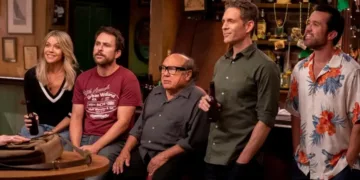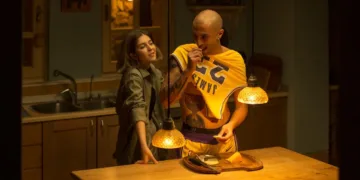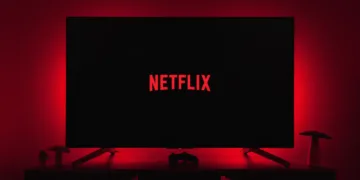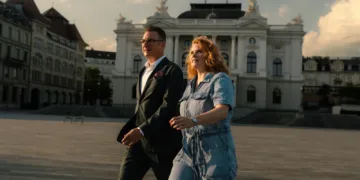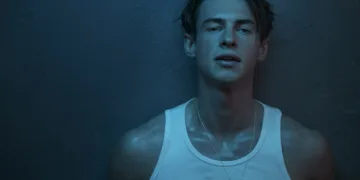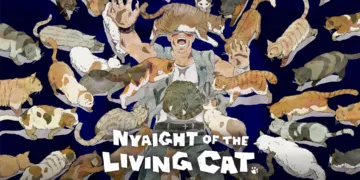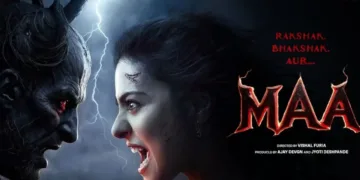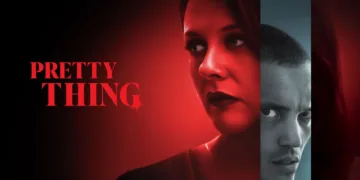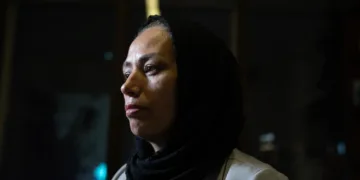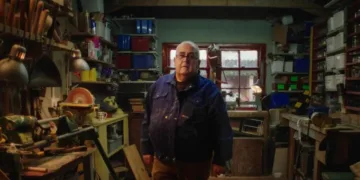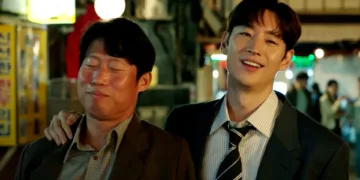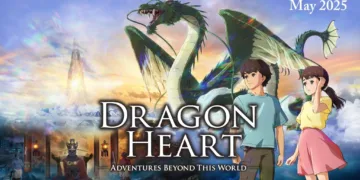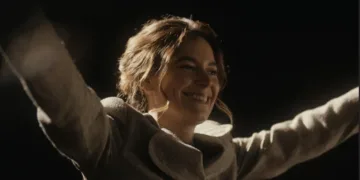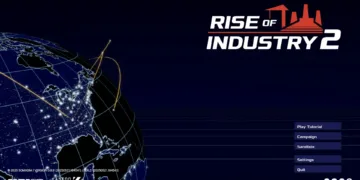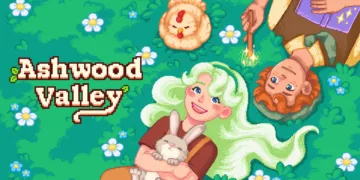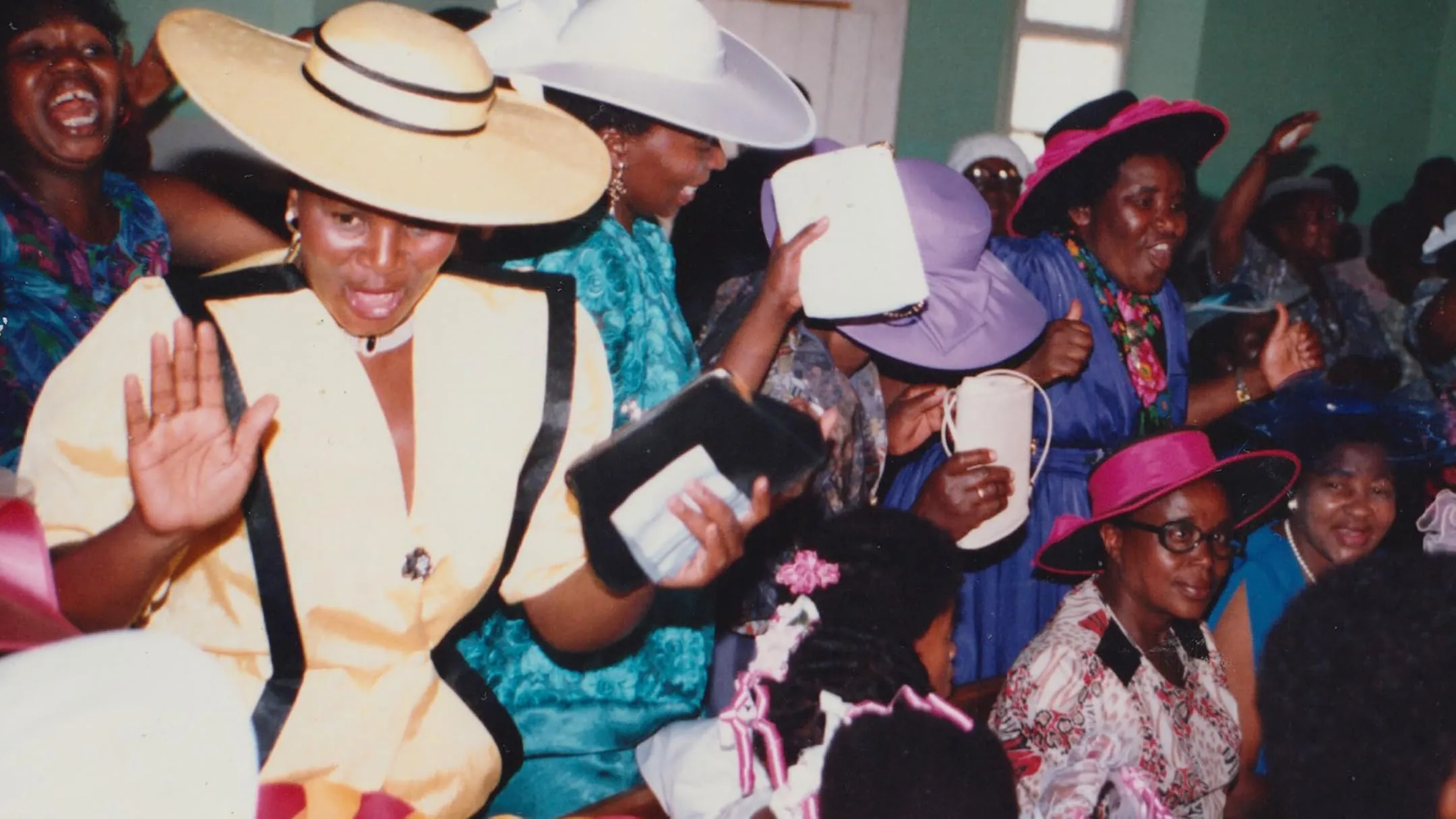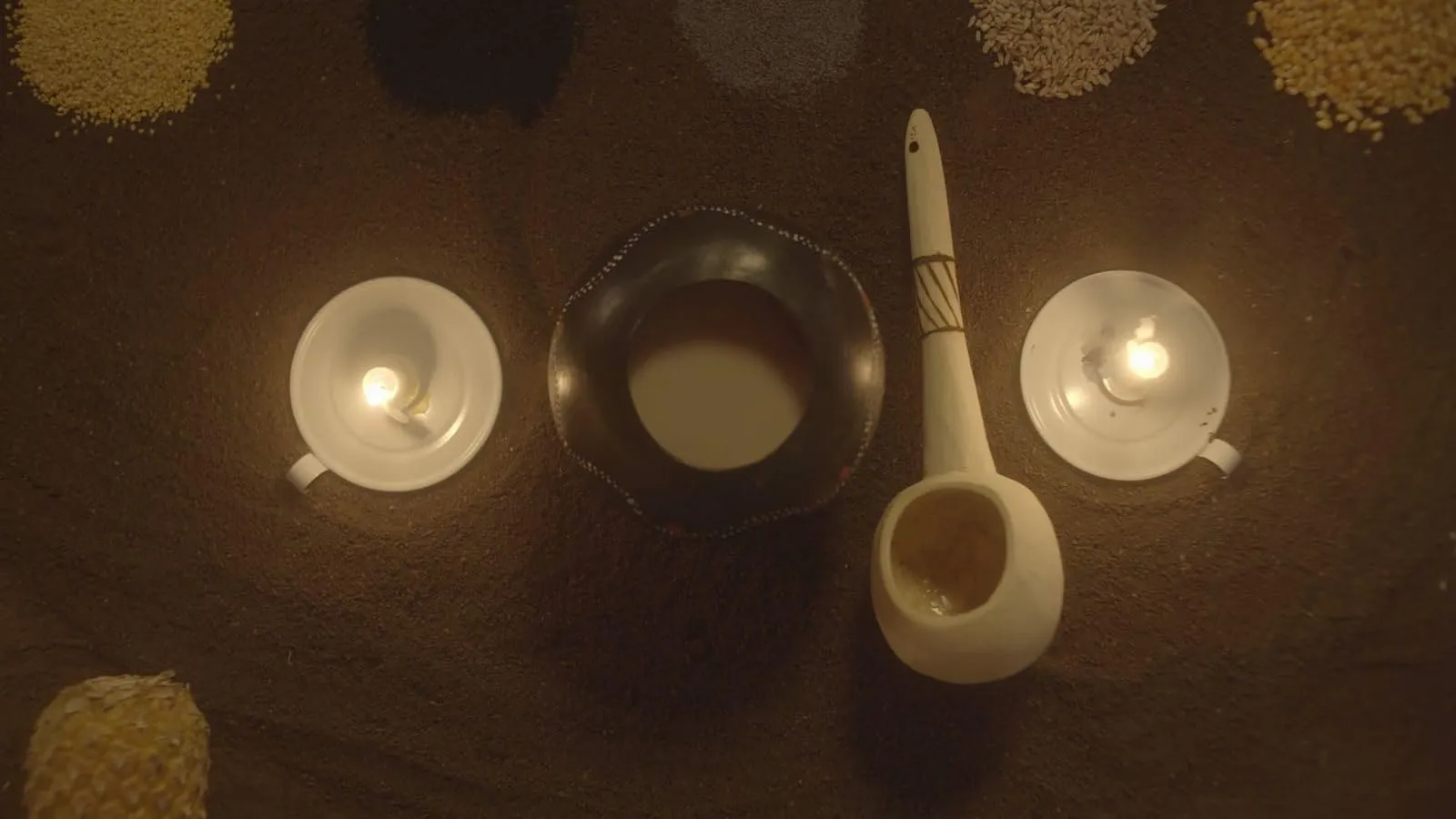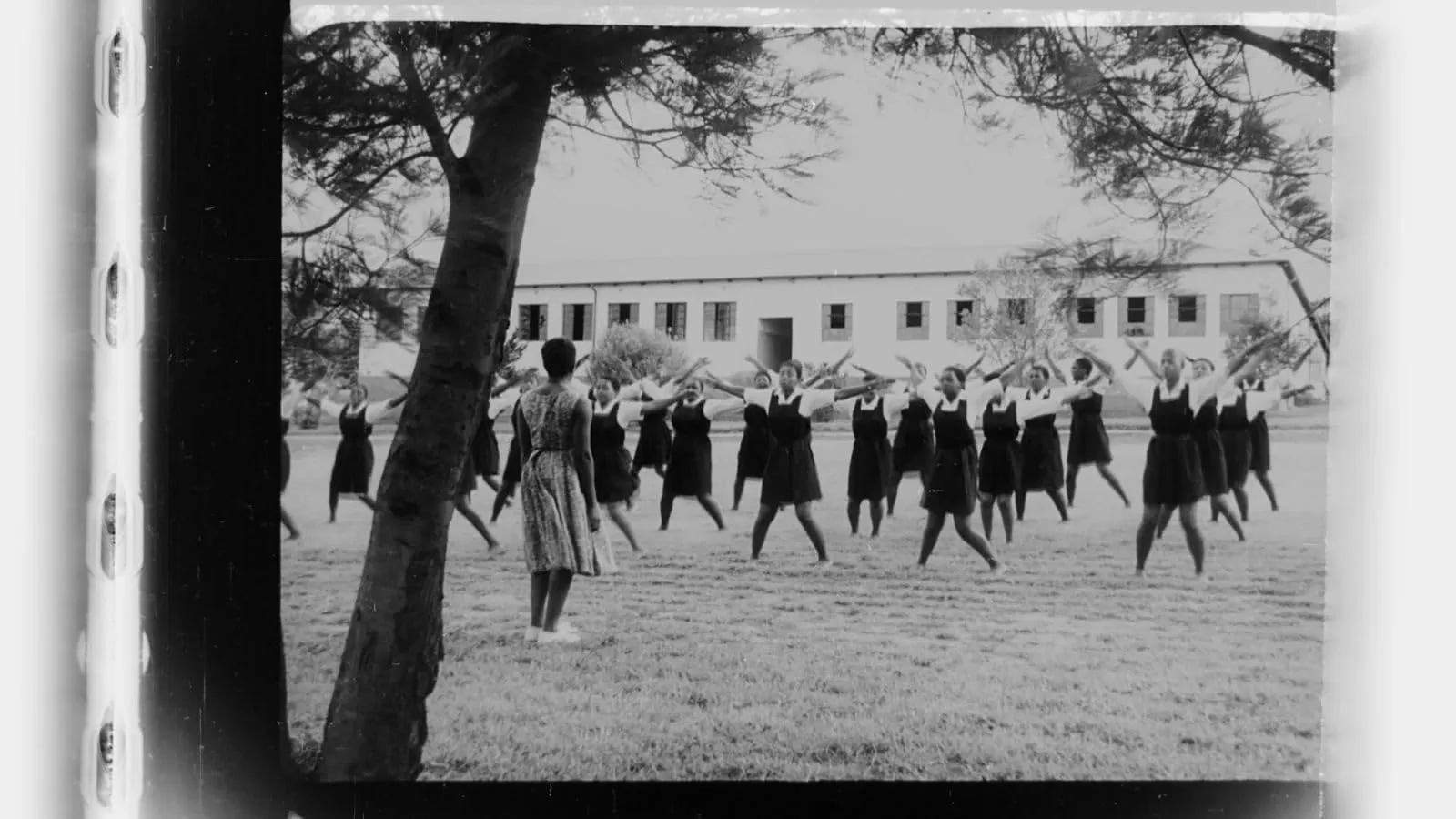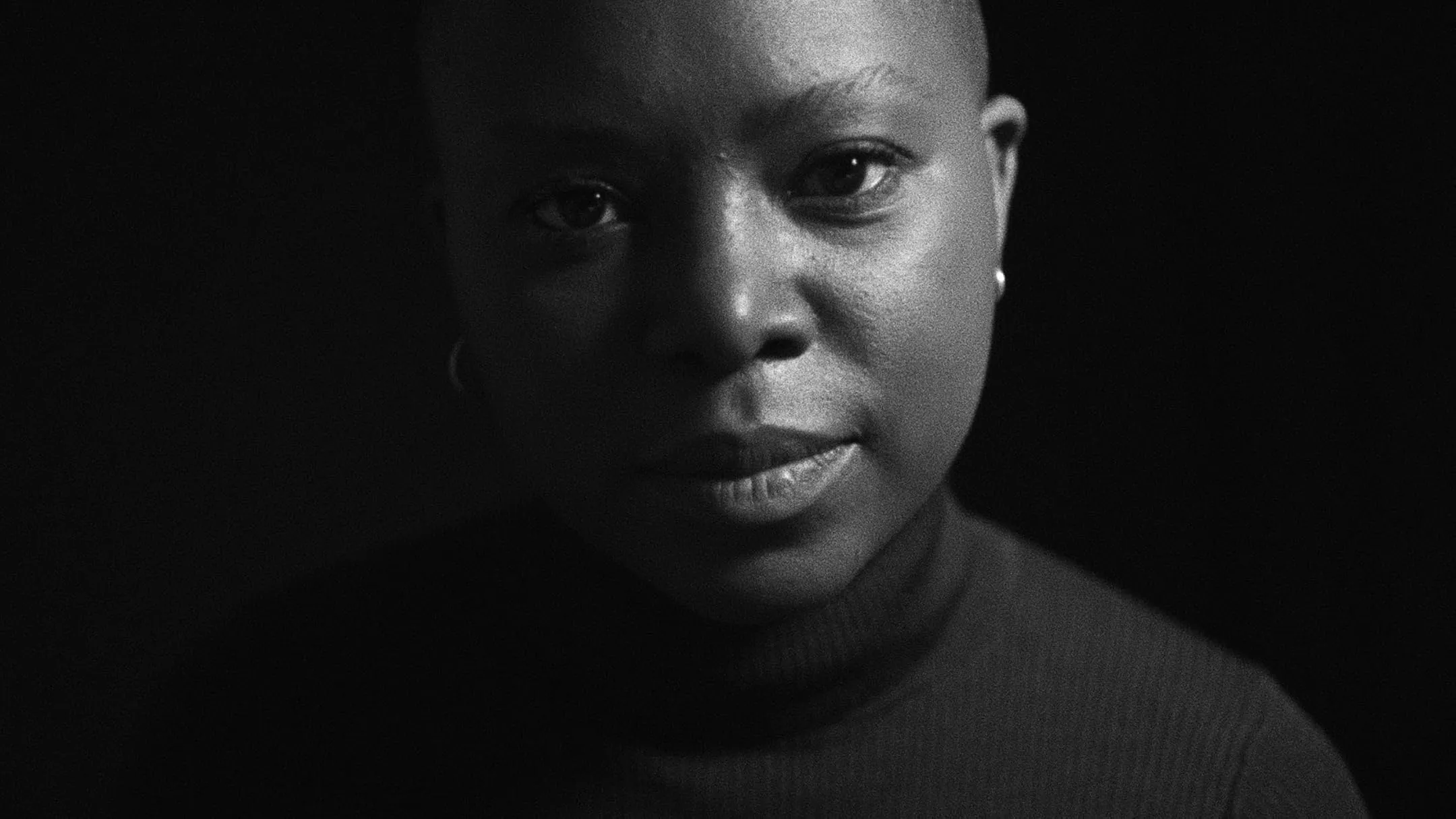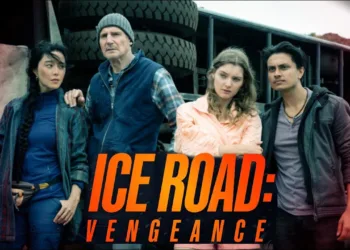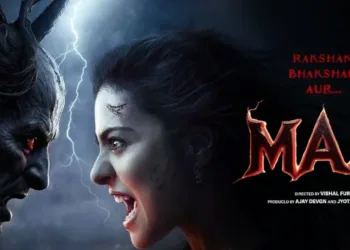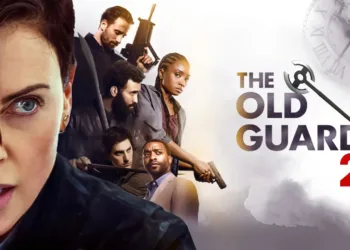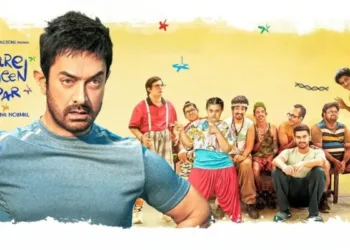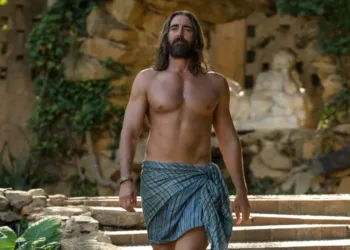The self-titled documentary by Milisuthando Bongela is a profound exploration of memory and identity deeply woven into South Africa’s troubled history. Bongela’s narrative comes from a place familiar and fraught with contradictions.
He was born in 1985 within the confines of the Transkei, a designated “homeland” during the apartheid era. The film is like a personal essay; it combines archival video, family photos, and moving voiceovers to show the complexities of a childhood that was shielded from the harsh realities of apartheid but was still affected by its shadows.
Milisuthando consists of five separate but connected parts that take the viewer on a journey through Bongela’s personal and group past. The theme shifts back and forth between nostalgia and critical thought as Bongela struggles with the two sides of her childhood.
Through her lyrical narration, she skillfully questions the notion of home, revealing the painful coexistence of comfort and complicity in a segregated society. This exploration goes beyond autobiography by offering a lens through which to look at larger societal dynamics and the lasting effects of colonialism.
The Fabric of Memory: Personal Narrative in Milisuthando
Milisuthando Bongela’s childhood in the Transkei is like a fine embroidery; it comprises threads of innocence and denial. In this country that was supposed to be independent, she felt somewhat safe in an all-Black neighborhood, where the obvious violence of apartheid seemed far away and almost abstract.
Her childhood environment, warm families, and diverse cultures characterized and painted a picture of utopia. However, this idyllic perception was an illusion, skillfully created by the very structures that wanted to separate and control. The Transkei served as a backdrop for a complicated internal conflict that Bongela would later confront, even though it was a refuge from the harsh realities outside its borders.
The film beautifully shows how Bongela’s views changed when her family moved to East London in the 1990s. Here, the limits of her old life fell away, revealing the harsh truths of a society divided along racial lines. This move wasn’t just a change of location but also a deep awakening. The safe place where she had grown up became full of microaggressions and the unsettling idea that she might have been privileged. As she navigates the challenging terrain of identity and belonging, Bongela’s thoughts show a poignant awareness of the dissonance between her past and present.
Family ties, especially her relationship with her grandmother, are at the heart of this exploration. Throughout the film, Bongela’s conversations with this matriarchal figure serve as anchors in her search for understanding. The weight of their shared history is highlighted by her grandmother’s reflections, which are rich in knowledge and experience and offer comfort and challenge.
The complexities of memory, trauma, and resilience are revealed in these conversations, which go beyond mere nostalgia to become a means of dealing with the legacy of apartheid. Through these personal conversations, Bongela reveals her identity and presents a collective narrative of survival and belonging in a falling apart society.
The Illusion of Independence: Historical Context of the Transkei
A Bantustan was built in the name of independence for the Xhosa people, but the Transkei is a stark example of how complicated apartheid was. This supposedly independent area, created in 1976, was meant to serve as a refuge and a place where people could rule themselves.
But below the surface was a planned policy of segregation that kept white supremacy alive by limiting Black South Africans to arbitrary borders. The complicated political plans that led to the creation of the Transkei show a disturbing truth: it was more about creating a facade of equality while maintaining systemic disenfranchisement than it was about empowerment.
Residents were caught in a paradox of identity while living within the confines of the Transkei. They were given the illusion of freedom, but they had to deal with the restrictions of apartheid ideology. The comforts of middle-class life hid the oppressive structures that controlled their lives, which led to a complicated relationship between race and privilege in this setting. People who lived in the Transkei were safe from overt racial violence. Still, they often had to deal with a sanitized narrative of their lives that ignored South Africa’s larger social and political problems.
Bongela’s documentary reveals the contradictions ingrained in the daily experiences of those who called the Transkei home as it progresses, complicating the understanding of identity within this context. As borders confront the legacy of a state that was both a refuge and a prison, a place where the legacy of apartheid lingered long after the borders were dismantled, the notion of belonging becomes fraught.
The Power of Memory: Visual and Aural Style in Milisuthando
The Milisuthando As Bongela’s documentary unfolds, it uses striking visual language to weave together personal home videos and news footage from the past, creating a rich fabric of memory and context. These dualities are not only a way to tell a story but also tell a lot about how personal history and national narrative meet.
The old clips, which are frequently tinged with propaganda, contrast Bongela’s childhood memories with the harsh realities of apartheid, allowing viewers to experience the dissonance between the ideal and the oppressive. Each frame resonates with emotional depth, revealing the complexities of a life lived under the shadow of systemic injustice while highlighting the vibrant community and culture within those confines.
The film becomes a contemplative exploration of identity and belonging with Bongela’s poetic voiceover accompanying the narrative. Her singing style dances through the video, giving it a sense of urgency and making you think. The carefully chosen music adds to this emotional landscape by acting as an auditory link between the past and present, echoing the themes of nostalgia and reconciliation in the film.
The way sound and picture work together creates a visceral experience that engages viewers with the content and Bongela’s thoughts at their core. Milisuthando goes beyond the usual documentary filmmaking process by creating an immersive experience that resonates emotionally and intellectually. It encourages viewers to confront the complexities of South Africa’s legacy while honoring the personal narratives that shape its history.
Echoes of the Past: Themes of Memory and Guilt in Milisuthando
The exploration of memory becomes a major theme in Milisuthando and is expertly woven into the narrative fabric of Bongela’s life. The film expertly captures the fragility of personal memory, revealing how memories can change and evolve over time, frequently influenced by nostalgia.
In stark contrast to the oppressive realities of apartheid that she later faces, Bongela’s memories of her childhood in the Transkei reveal a longing for a simpler, idyllic past. Along with the contrast between the warmth of cherished memories and the cold facts of historical pain, this tension highlights a deep conflict in the film.
The memories of happy family parties and community celebrations are very different from the memories of the widespread violence and segregation in South Africa. These inconsistencies make people think about how nostalgia can be misleading, which leads to a critical look at how personal histories can hide uncomfortable truths.
Bongela moves from personal memory to collective memory as the narrative progresses, engaging with South Africa’s shared history. The film develops into a moving statement on taking responsibility for one’s past. The complexities of navigating a legacy that is hard to forget are made clear in Bongela’s open discussions with her white friends about inherited guilt and privilege.
As the effects of apartheid still have an impact on South African society today, this conversation emphasizes the importance of acknowledging past injustices. The film calls for a collective reckoning that values individual and group experiences and challenges viewers to confront these persistent tensions. This exploration takes Milisuthando beyond personal narrative and makes it an important conversation about memory, guilt, and the hard road to healing and understanding in a country still dealing with its past.
Unpacking Complexity: Conversations on Race and Privilege in Milisuthando
Milisuthando explores the complicated conversations about race and privilege, especially through Bongela’s honest conversations with her white friends. The film looks at how apartheid still affects personal relationships through the lens of these tough conversations. In confronting the uncomfortable truths of their individual histories, Bongela and her friends navigate the murky waters of inherited guilt.
This dynamic significantly affects Bongela’s understanding of her identity; it is not just an intellectual exercise. The conversations show the dissonance between her lived experience and the privileges her friends have traditionally enjoyed as she engages with them. The film shows how emotionally charged these conversations are, letting viewers see the vulnerability and stress that come with them.
The film also does a great job of showing how relationships work between people of different races. Many layers of meaning are painted into Bongela’s bonds, showing both the potential for unity and the barriers from history. The conversations show the complexities of navigating a world without apartheid, where the effects of segregation can still be felt in relationships.
Milisuthando emphasizes that genuine understanding necessitates an acknowledgment of the past in these exchanges, challenging the audience to think about the fragility of these connections. The film emphasizes the necessity of confronting uncomfortable truths as Bongela struggles with her friends’ points of view, eventually suggesting that honest conversation is the only way to find true peace. The film offers a profound commentary on the ongoing struggle to navigate the legacies of race and privilege in modern South Africa in a way that goes beyond personal narrative.
Rituals of Resilience: Cultural and Spiritual Elements in Milisuthando
The burning of impepho, a ritual deeply rooted in South African culture, is one example of how Milisuthando skillfully incorporates cultural and spiritual aspects into its narrative. This act is more than just a custom; it represents a healing process and a connection to the wisdom of the past.
Individuals can communicate with their ancestors and ask for help thanks to the smoke from impepho, which works as a conduit between the past and present. The significance of this ritual is highlighted by Bongela’s portrayal of it as both a spiritual practice and a crucial means of reclaiming one’s identity in the wake of historical trauma.
The film invites South Africans to engage in a shared communion with their past and elevates Bongela’s journey to a collective experience. The narrative resonates with broader implications due to her exploration of these rituals, inspiring viewers to consider the importance of cultural practices in building resilience.
The blending of individual and collective narratives emphasizes the necessity of embracing heritage as a means of understanding and confronting the wounds caused by apartheid. In this way, Milisuthando goes beyond the personal, becoming a moving example of the power of ritual as both a spiritual balm and a catalyst for social healing in a society struggling with its complicated history.
A Tapestry of Truth: The Significance of Milisuthando
With its skillful weaving of personal narratives into the larger fabric of collective memory, Milisuthando stands out as a crucial contribution to the ongoing conversation about South Africa’s turbulent history. Inspiring viewers to confront the legacies of apartheid with honesty and empathy, Bongela’s moving storytelling reveals the complexities of race, identity, and heritage.
Ultimately, she creates a narrative that is as much about healing as it is about reckoning, thanks to her skills as a filmmaker, which navigates the tricky terrain of guilt and memory. Bongela’s lens saves the past and starts a conversation necessary for understanding the present.
The Review
Milisuthando
In South Africa after apartheid, Milisuthando is a powerful exploration of memory, identity, and the complexities of race. Bongela's moving storytelling, enhanced by her vivid visuals and sincere dialogue, invites audiences to engage in a necessary conversation about the past and its enduring effects. The film contributes significantly to understanding the complex tapestry of South African culture and history by weaving together personal and group narratives. Milisuthando is an engrossing movie experience that resonates well after its runtime, thanks to its emotional depth and intellectual rigor.
PROS
- The film effectively captures the complexities of personal and collective memory.
- Rich visual storytelling that incorporates South African rituals and heritage.
- Candid conversations about race and privilege foster meaningful discourse.
- Bongela’s perspective provides a nuanced view of post-apartheid identity.Some may find the pacing uneven, affecting the flow of the narrative.
CONS
- Some may find the pacing uneven, affecting the flow of the narrative.
- The film’s themes may resonate more with audiences familiar with South African history.
- Certain elements may leave viewers seeking clearer resolutions or answers.















